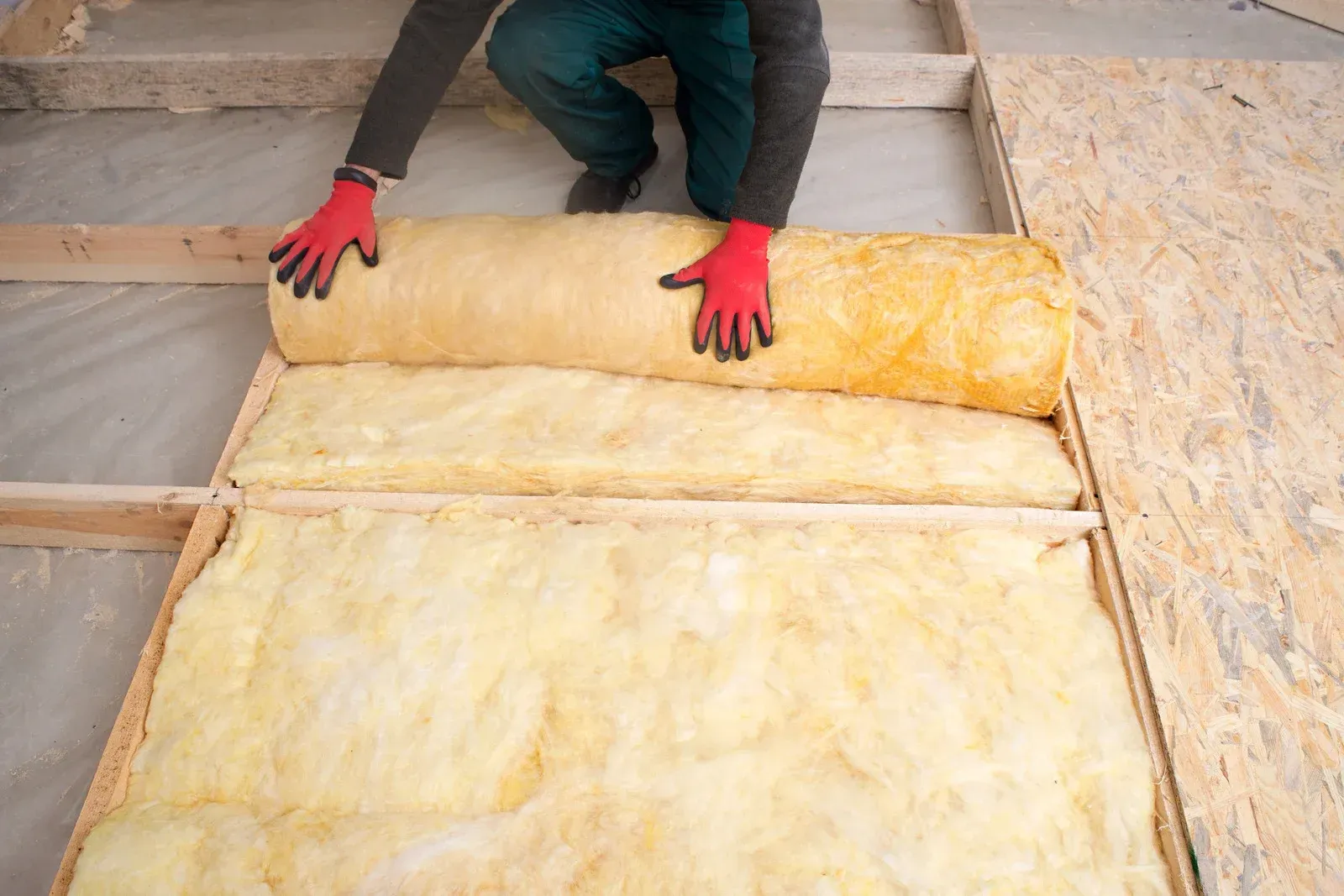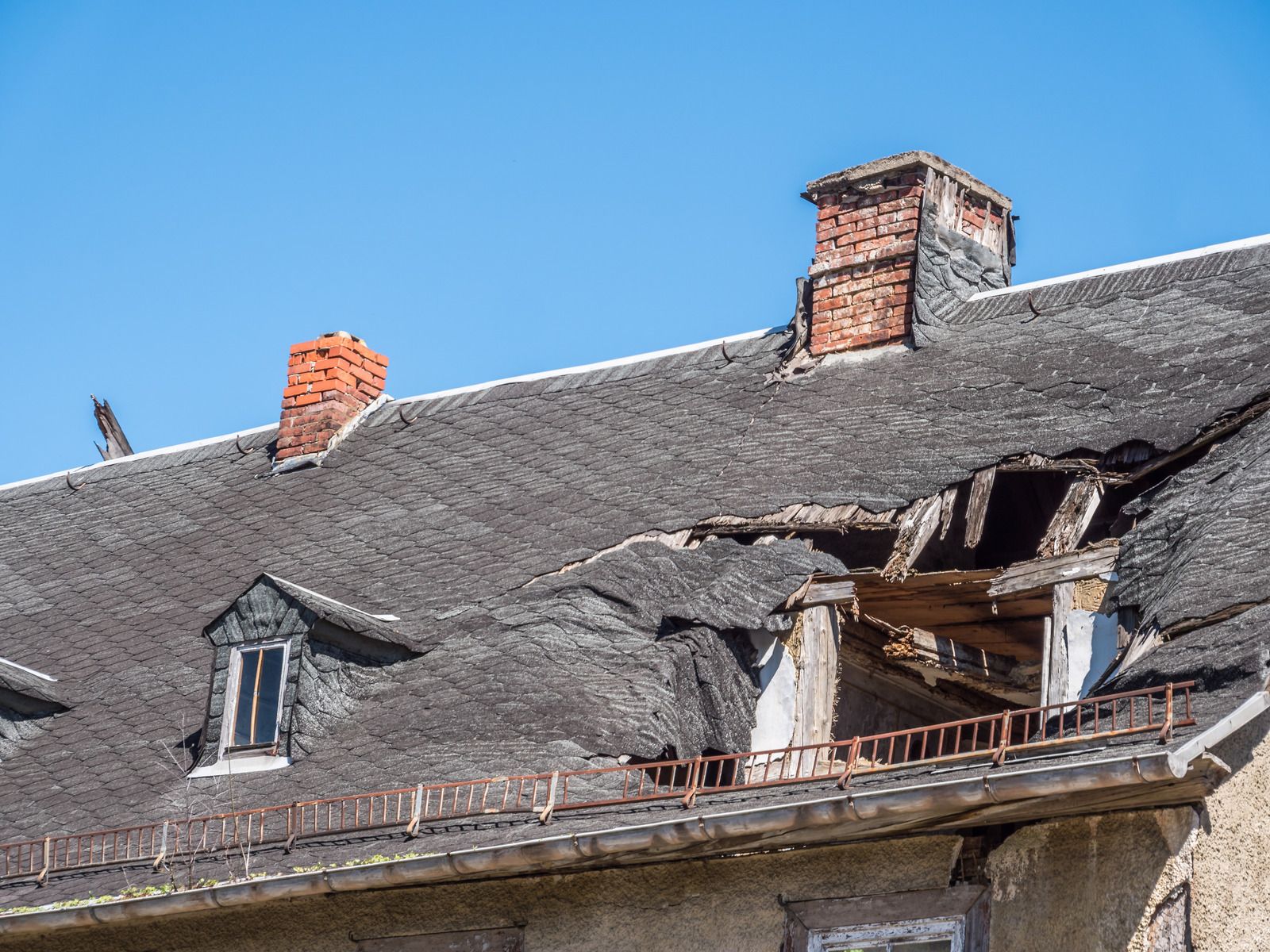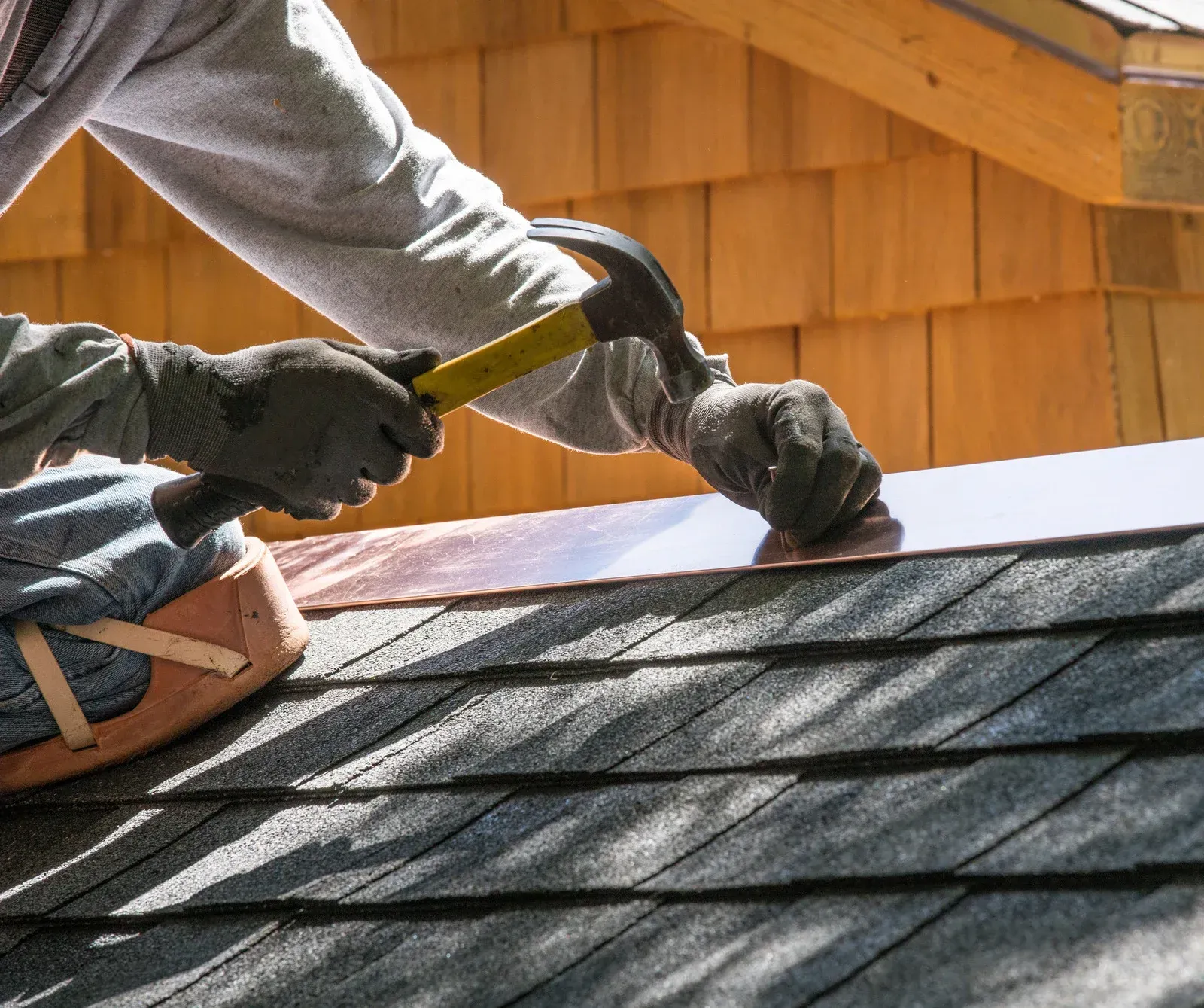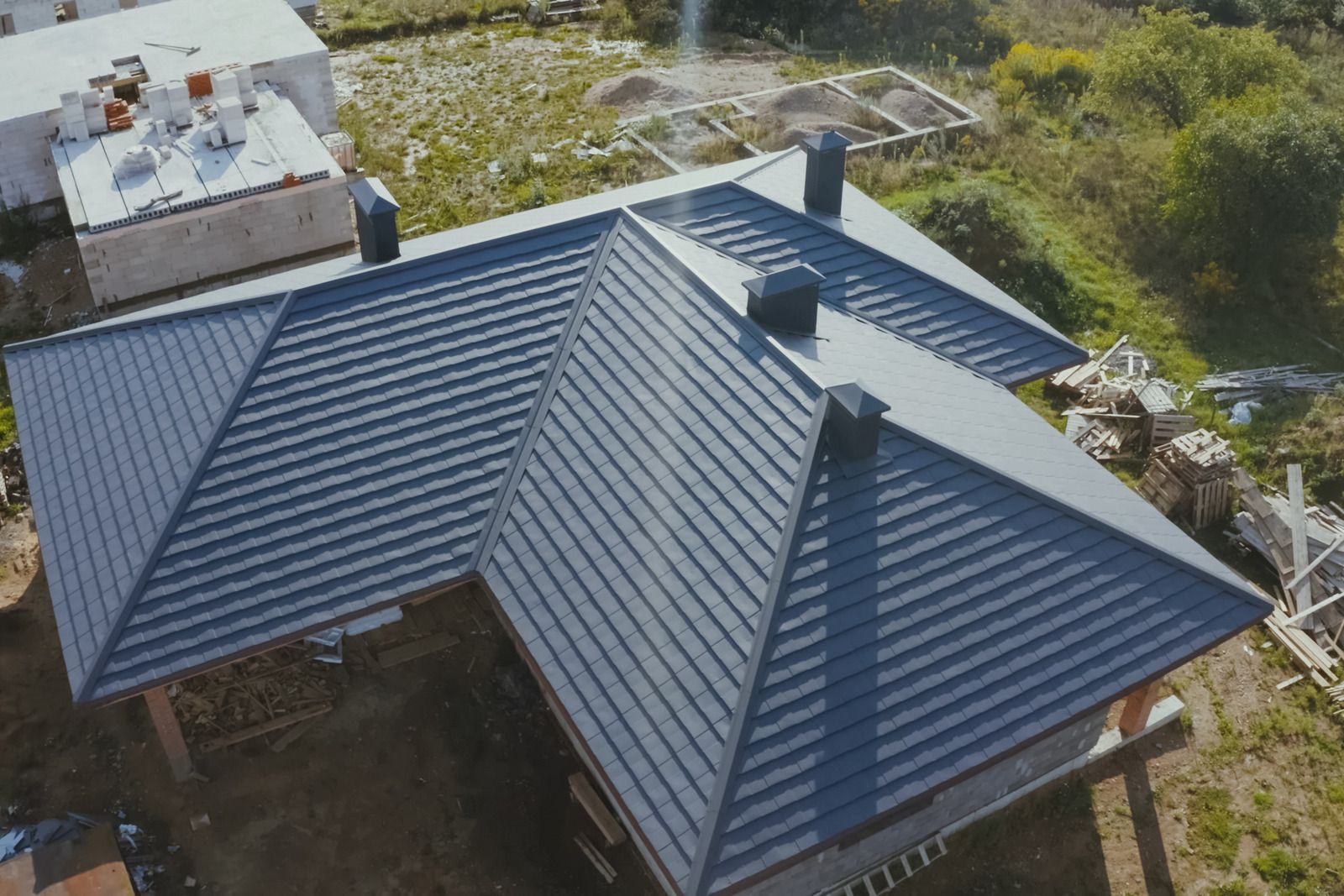Things To Consider Before Attic Insulation
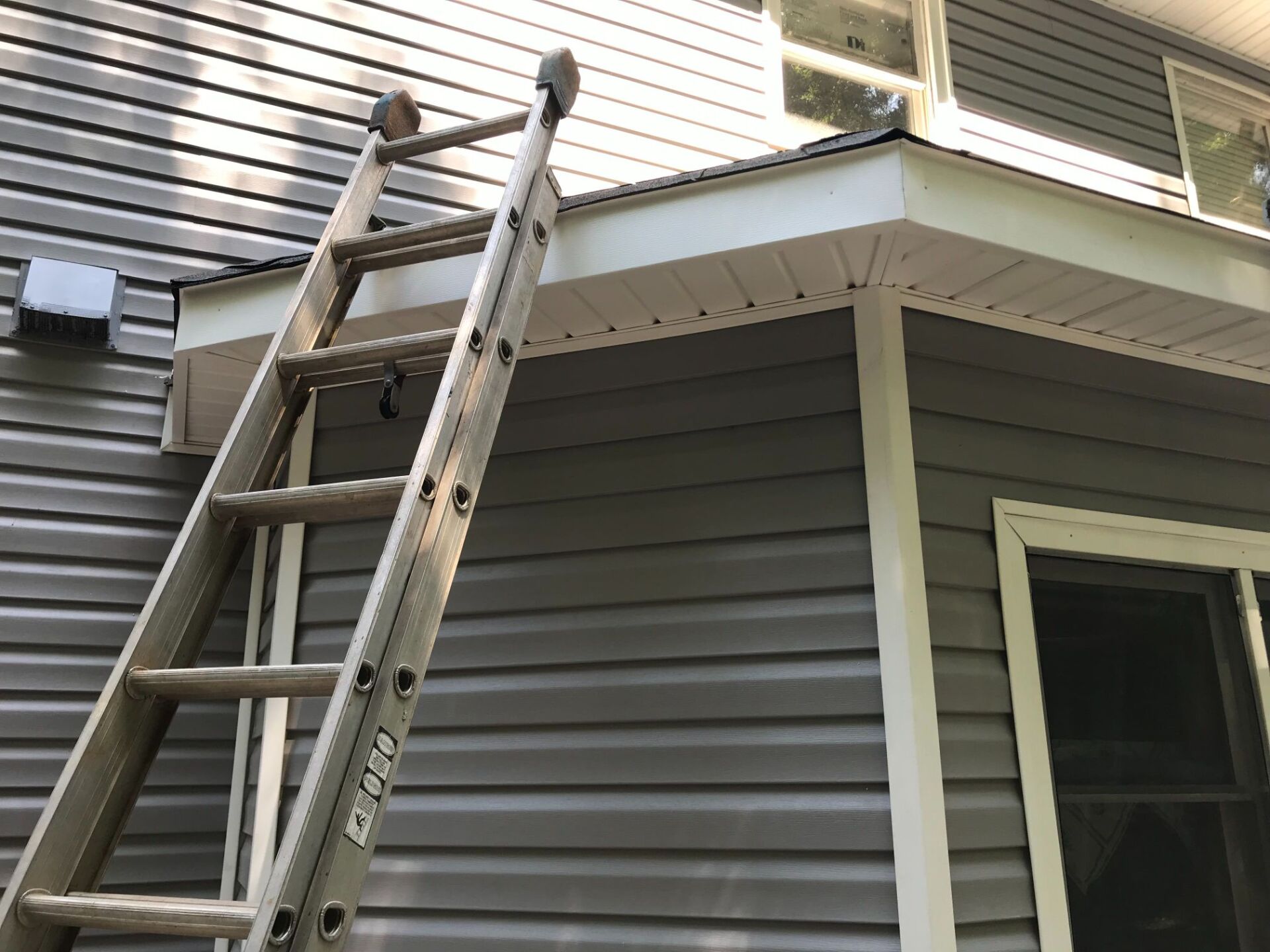
Attic insulation is essential for every home. Roofing contractors recommend insulating the attic while taking up any home improvement project. An uninsulated or under-insulated attic compromises home comfort and efficiency. However, several homeowners fail to realize the importance of a well-insulated and properly maintained attic in keeping their home warm during the cold weather and cool when it is hot outside. Most of them consider attics only as a space to store children’s toys, Christmas decorations, and old items.
Attic insulation is a worthy investment saving up to 30% on the energy bills. It also enhances home comfort, preserves roof integrity and longevity, improves indoor air quality, reduces HVAC system wear and tear, prevents ice dams, and protects the home from gradual structural damage.
If you are considering insulating your attic to enjoy its incredible benefits, here are a few key things to consider:
Evaluate the attic condition
Before adding insulation to the attic, it is essential to clean the space first. It is easier to work in a clutter-free attic and makes it simple to insulate the floor. After storing all items at another place, carefully examine the attic space and the roof structure for issues. Look for moisture problems, wet spots and stains, insecure seals, and sagging or damaged rafters. If homeowners ignore any of these issues and install insulation directly, it will hurt the roof’s structural integrity.
Seal the gaps
Insulating the attic is useless if you do not eliminate holes, gaps, and cracks that can let the cooled and heated air escape. Before insulating, use caulk or spray foam to seal the areas around windows, chimneys, flues, exhaust fans, wires, pipes, and ducts. The best way to ensure that the attic is fully sealed is to hire a professional roofer to identify problem areas and ensure that the ventilation system is working correctly.
Insulation type and material
A vital consideration before insulating the attic is to choose the correct insulation type. Homeowners have several options to choose from, including spray foam insulation, fiberglass batt insulation, blown-in fiberglass insulation, and blown-in cellulose insulation. Your choice of insulation will vary depending on the R-value, budget, and available space. The R-value differs based on material and thickness. Higher R-value means better insulation, and it is ideal for people residing in colder climates as it is more efficient in keeping heat inside. A professional can determine the correct R-value for your attic based on the climate zone and location and help pick the appropriate insulation material to enhance energy efficiency.
Cost
Cost plays a vital role before considering attic insulation. Always choose attic insulation that perfectly suits your budget and needs. Investing in attic insulation is beneficial due to the various short-term and long-term benefits. Attic insulation, though, is not a cosmetic upgrade, can significantly increase home value and comfort.
Ensure to fix roof leaks and direct all vents to the exterior of the building before installing the insulation to avoid damages to the newly installed insulation. To eliminate fire hazards, box all light fixtures or keep a minimum three to five inches gap around them to avoid contact with the insulating material.
Always
hire a professional roofing contractor for high-quality installation. A local roofer can analyze the attic and ensure proper attic insulation for maximum benefits.




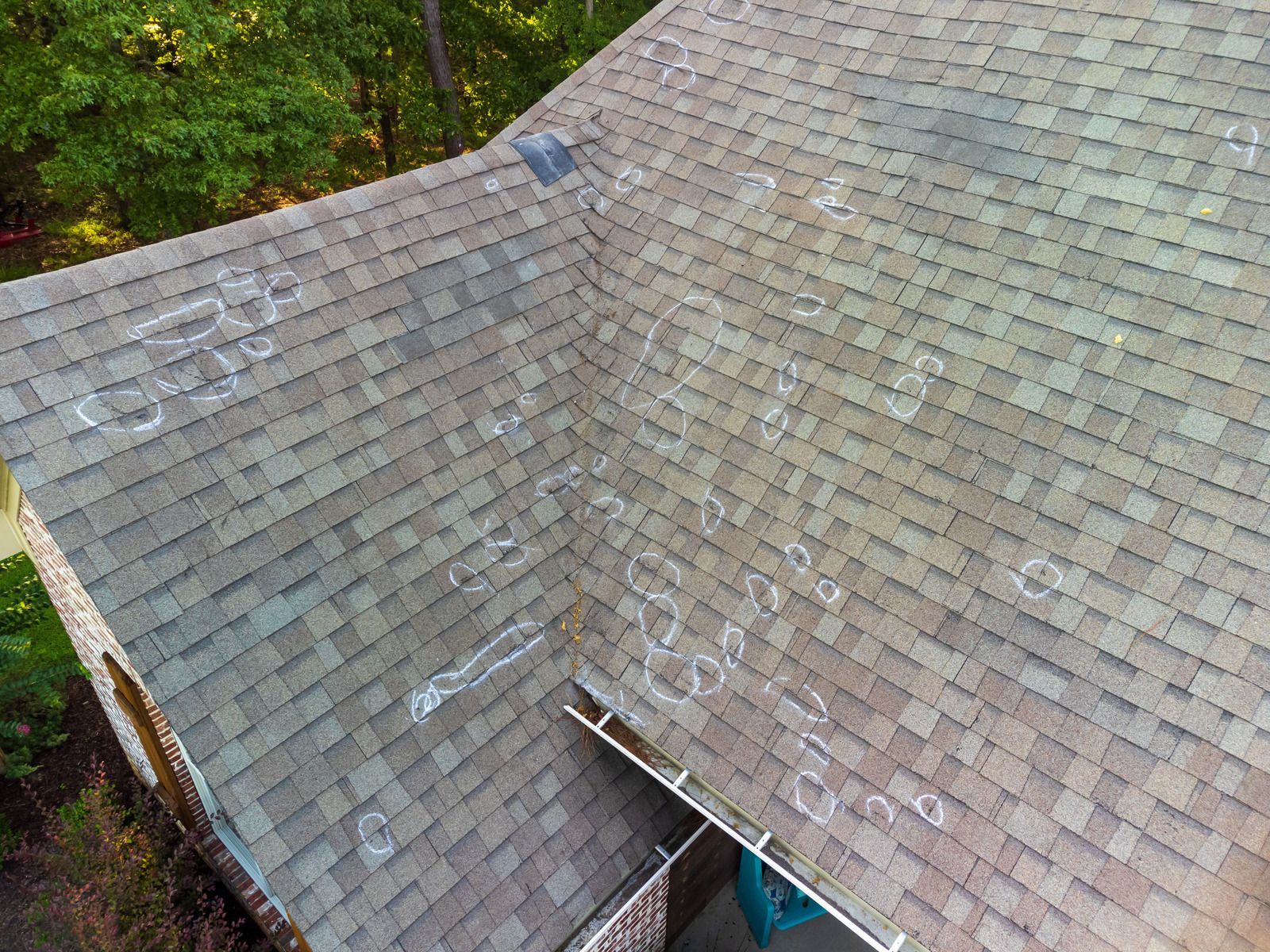
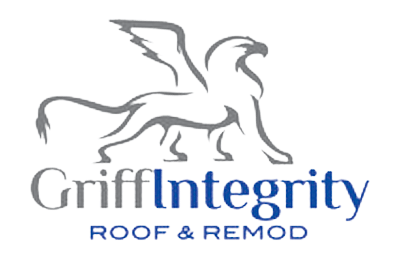
Location
254 Jefferson St Suite B2, Newnan, GA
30263
Business Hours
- Mon - Fri
- -
- Sat - Sun
- Closed
© 2021 All Rights Reserved Griffintegrity Roof & Remod, Inc.

